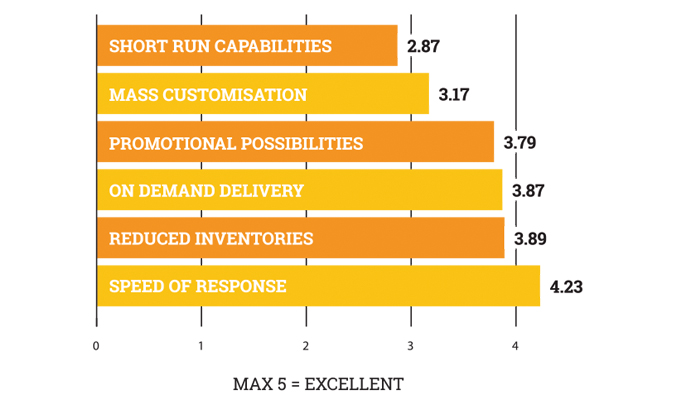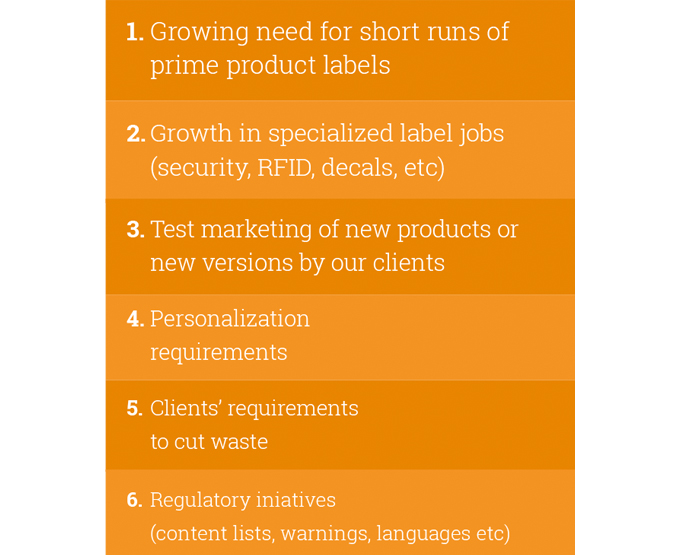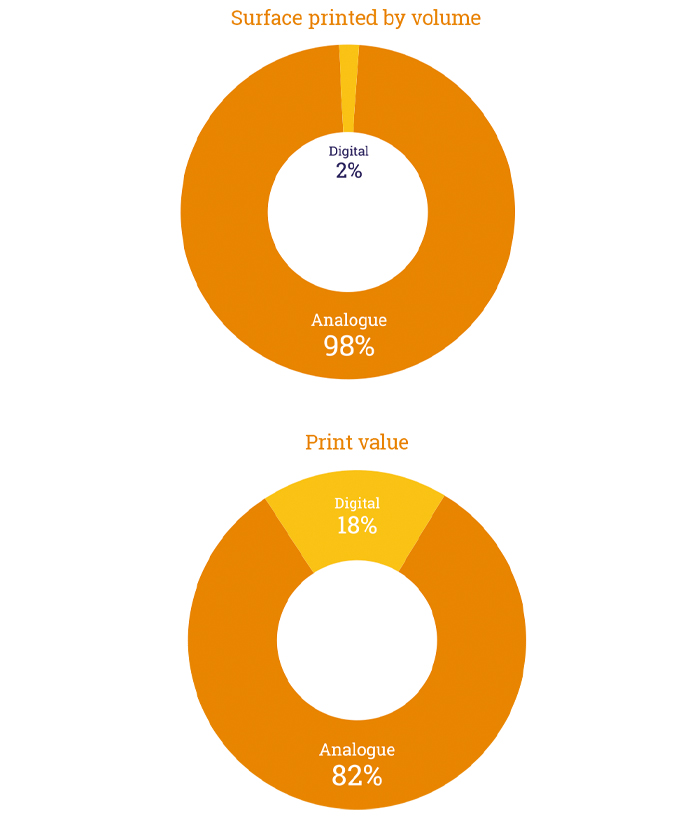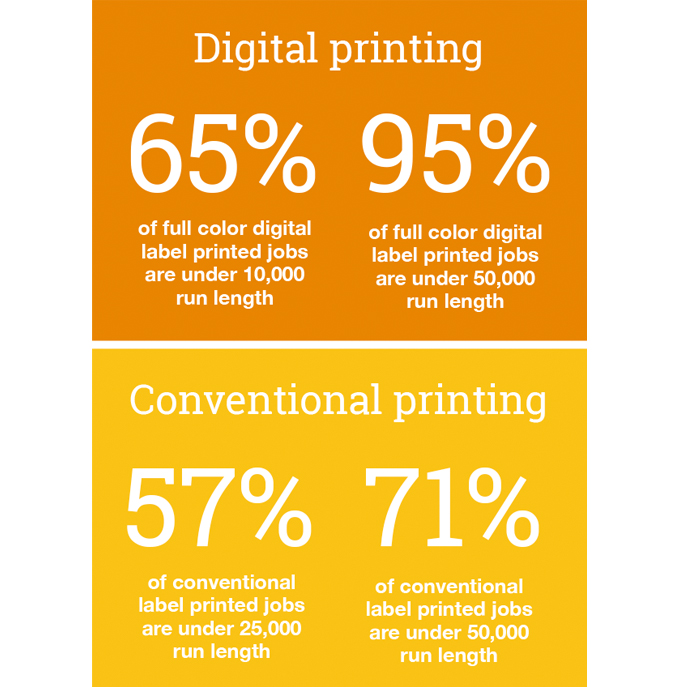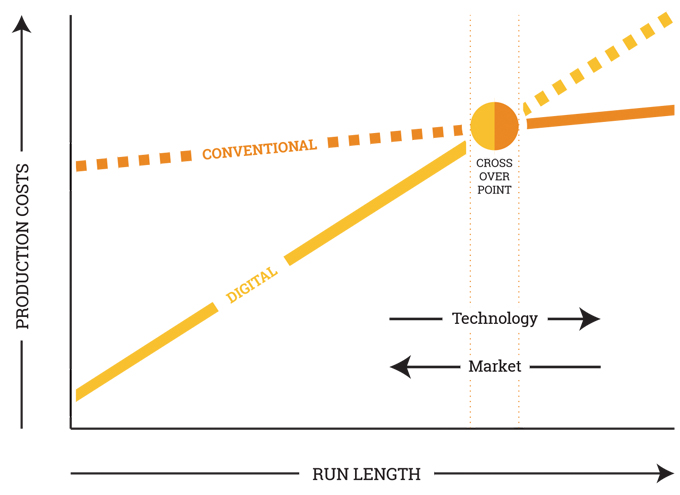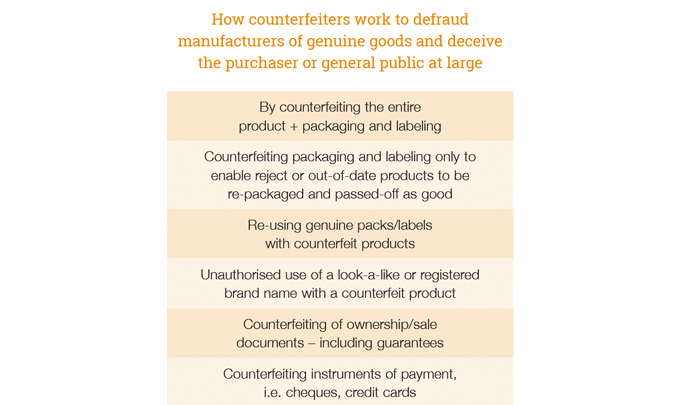Markets and applications for digital label and package printing
The early use of digital printing extends back as far as the 1970s, with the first inkjet machines being used to print sell-by dates and item codes onto products moving along production lines. Work was also done by Cambridge Consultants for ICI on exploring the potential use of inkjet for printing on textiles.
Then around 1980 the fledgling inkjet industry was presented with a key new market application when the EU introduced European legislation that required perishable foods to carry a ‘best before’ date. This information had be printed directly on to packaging, with inkjet offering a suitable solution that operated at high speed, on irregular surfaces, and which did not require impact pressure that could damage the packaging materials.
Stay up to date
Subscribe to the free Label News newsletter and receive the latest content every week. We'll never share your email address.
